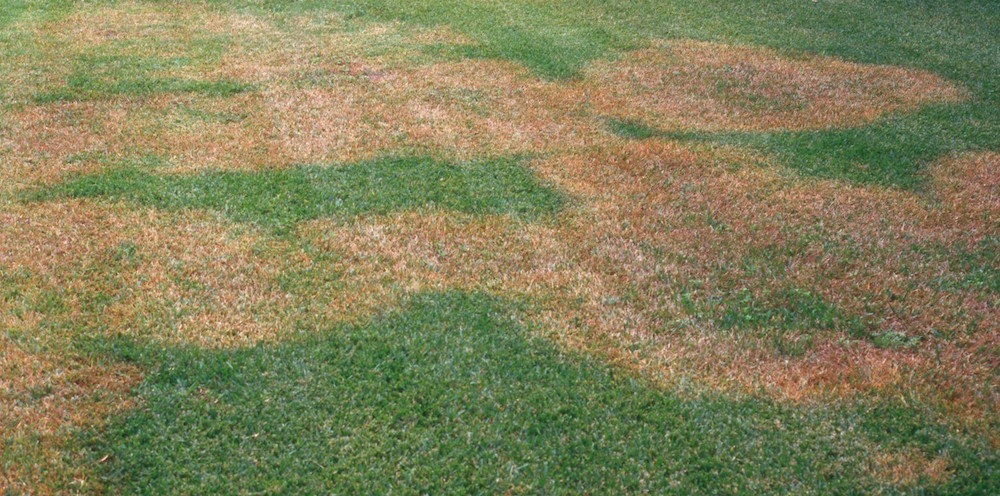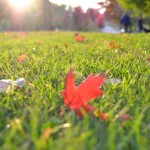
No one in the Charlotte, NC, area wants to see ugly splotches on their lawn, but it unfortunately happens. The most common of these splotches is known as brown patch, which occurs on lawns planted with tall fescue, the most popular cool-season grass in North Carolina.
Here are answers to five questions you may have about that pesky disease known as brown patch. Answers were provided by Jim Kerns, a turfgrass pathologist at North Carolina State University.
1. What does brown patch look like?
Brown patch shows up as roughly circular patches that are brown, tan or yellow. They range from 6 inches to several feet in diameter.
2. What causes brown patch?
A fungus called Rhizoctonia solani causes the disease. Another disease, known as large patch, is caused by a sibling of Rhizoctonia solani. Large patch occurs only on warm-season grasses such as zoysia, centipede, St. Augustine and Bermuda.
Warm nights combined with long periods of dampness from afternoon thunderstorms, irrigation or morning dew trigger ideal conditions for brown patch.
3. When does brown patch happen?
Brown patch develops when nighttime temperatures reach 68 to 70 degrees for at least five to seven days. In North Carolina, the disease typically peaks in June, July and August. Brown patch does pop up as early as March and as late as October, though.
4. What can be done to prevent brown patch?
First off, take into consideration nitrogen fertilization, irrigation and mowing.
Nitrogen fertilization
Experts generally advise against fertilizing tall fescue with nitrogen in late spring or summer; doing so will discourage development of brown patch. They note that nitrogen does not cause brown patch; rather, nitrogen worsens the disease.
Irrigation
Irrigation should not be done just before sunset or just after sunrise, as that will aid development of brown patch. Instead, water your lawn between midnight and 6 a.m. to avoid increases in disease-friendly moisture.
Mowing
Tall fescue should be cut to a height of 2.5 to 3.5 inches; grass that’s shorter or taller than that can help breed brown patch.
Fungicide
Aside from heeding the advice about fertilization, irrigation and mowing, applying a fungicide in late May can be effective in fighting off brown patch. Researchers at NC State have found success with fungicides such as Heritage, Insignia and Fame. Fungicides sold at big-box stores and garden supply stores were not effective in tests by the NC State researchers.
In addition, be sure that a disease-resistant variety of tall fescue is planted.
5. What can be done to treat brown patch?
Apply one of the fungicides that have been shown by NC State researchers to be effective.
For more information about brown patch, visit NC State’s TurfFiles website. Need to hire a professional? Visit our Charlotte lawn service page.
Photos: North Carolina State University and Amazing Blades Landscaping







